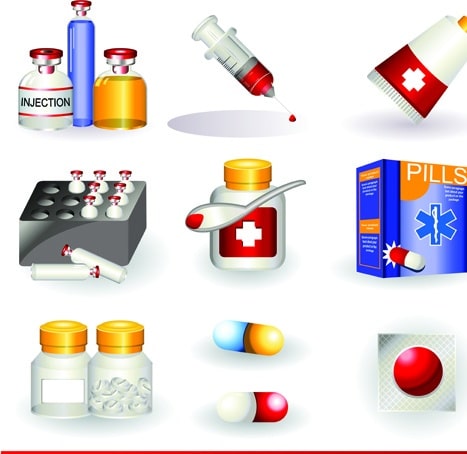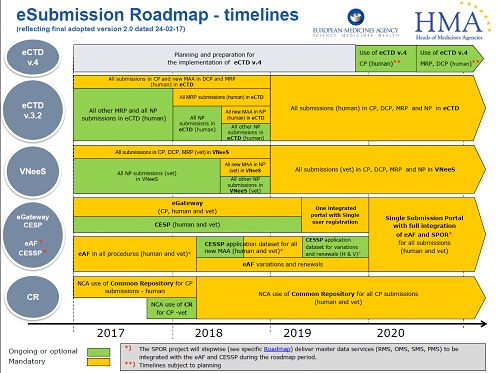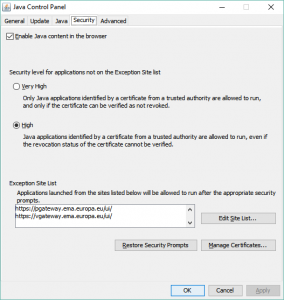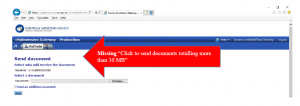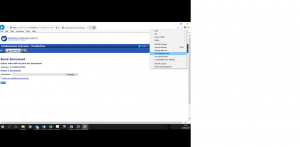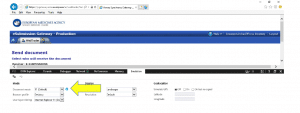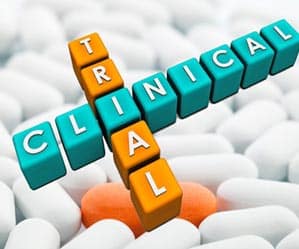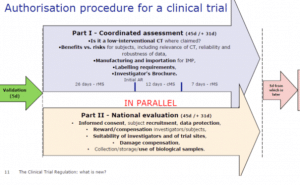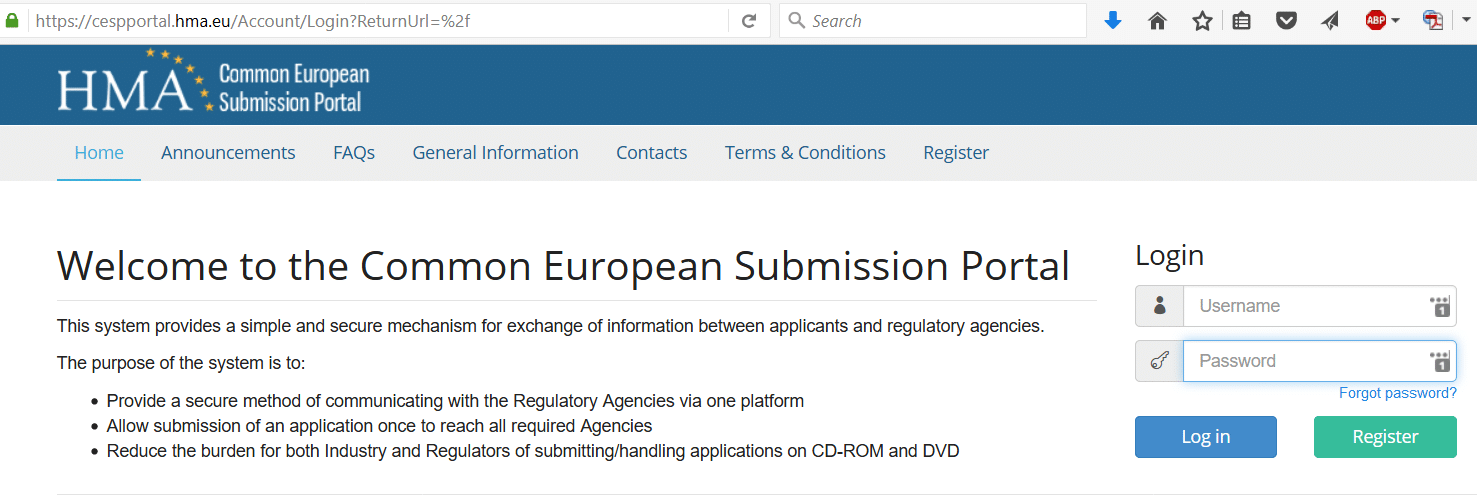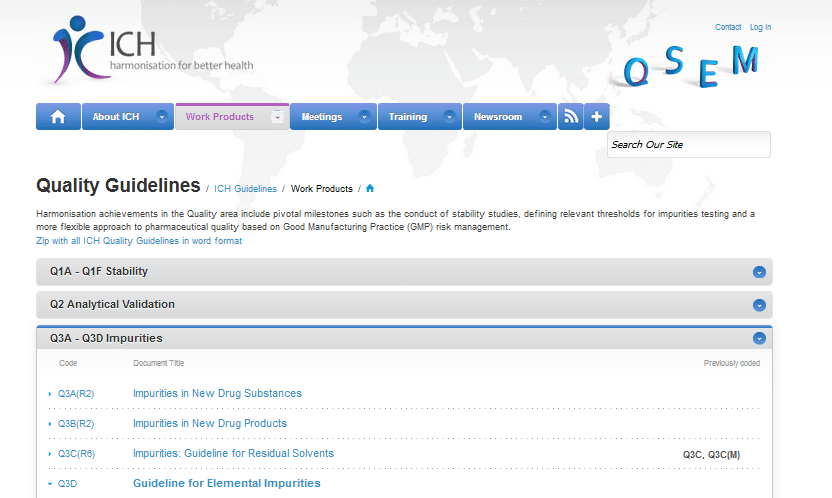HPRA now part of the EU-US Mutual Recognition Agreement (MRA)
As of 1st June 2018, Ireland became one of the recognised member states in the Mutual Recognition Agreement (MRA) between the EU and the US FDA.
What is the MRA?
The Mutual Recognition Agreement (MRA) is an agreement between countries concerning the conformity assessment of regulated products. From the pharmaceutical point of view, this means that there is an agreement between certain countries that recognises each country’s/member state’s ability to carry out good manufacturing practise (GMP) inspections to a standard at least equivalent to the other country’s/member state’s own.
The EU and US authorities MRA entered into force on 1st November 2017. Part of this agreement was a transition phase for recognition of EU Member States until July 2019. Tan audit of the HPRA’s GMP inspection systems in May 2017 was observed by the US FDA. Consequently, the US has recognised the HPRA as an EU authority that has the capability, capacity and procedures to carry out GMP inspections at an equivalent level to the US FDA. As a consequence of this review, Ireland has been included on the list of recognised member states on 1st June 2018.
What does having an MRA mean?
MRAs allow EU authorities and their counterparts to:
- rely on each other’s GMP inspection system giving rise to
- a reduction in the number of US FDA inspections required on manufacturers in Ireland
- a reduction in the number of HPRA inspections required on US manufacturers
- share information on inspections and quality defects with each other;
- waive batch (re)testing of products on import into their territories, resulting in reduced costs for companies on the analytical testing front.
What does it cover?
The initial scope includes:
- human medicines, which incorporates intermediates and in-process materials,
- biologicals, including immunological and biotherapeutic products and
- active pharmaceutical ingredients (APIs) also known as drug substances.
Excluded for the moment are:
- biological medicines, including vaccines, advanced therapy medicinal products, and plasma derived medicines and
- veterinary medicines.
Full details on the scope of products included in the EU-US mutual recognition agreement can be found here: http://www.ema.europa.eu/ema/index.jsp?curl=pages/regulation/general/general_content_001843.jsp&mid=WC0b01ac058005f8ac
The announcement by the HPRA can be found here: https://tinyurl.com/IE-MRA
What do you need to do?
Unfortunately, not everything is mutually recognised yet.
If you have manufacturing sites in the US and are importing into Ireland, you still have have to do full batch release testing on medicinal products imported into the EU from the US. Once all MS’s GMP Inspectorates have been successfully assessed by the FDA, then QC release testing will no longer be required. The reverse also holds true. Therefore, batch testing and QC testing sites can be deleted from your licence as desired at this stage.
More information in the HPRA’s Newletter here.
We can help…
Ivowen can advise you on the requirements and assist you with any of the updates and variations that you might have.
Please contact us for further information at any time.
Written by Majella Ryan


